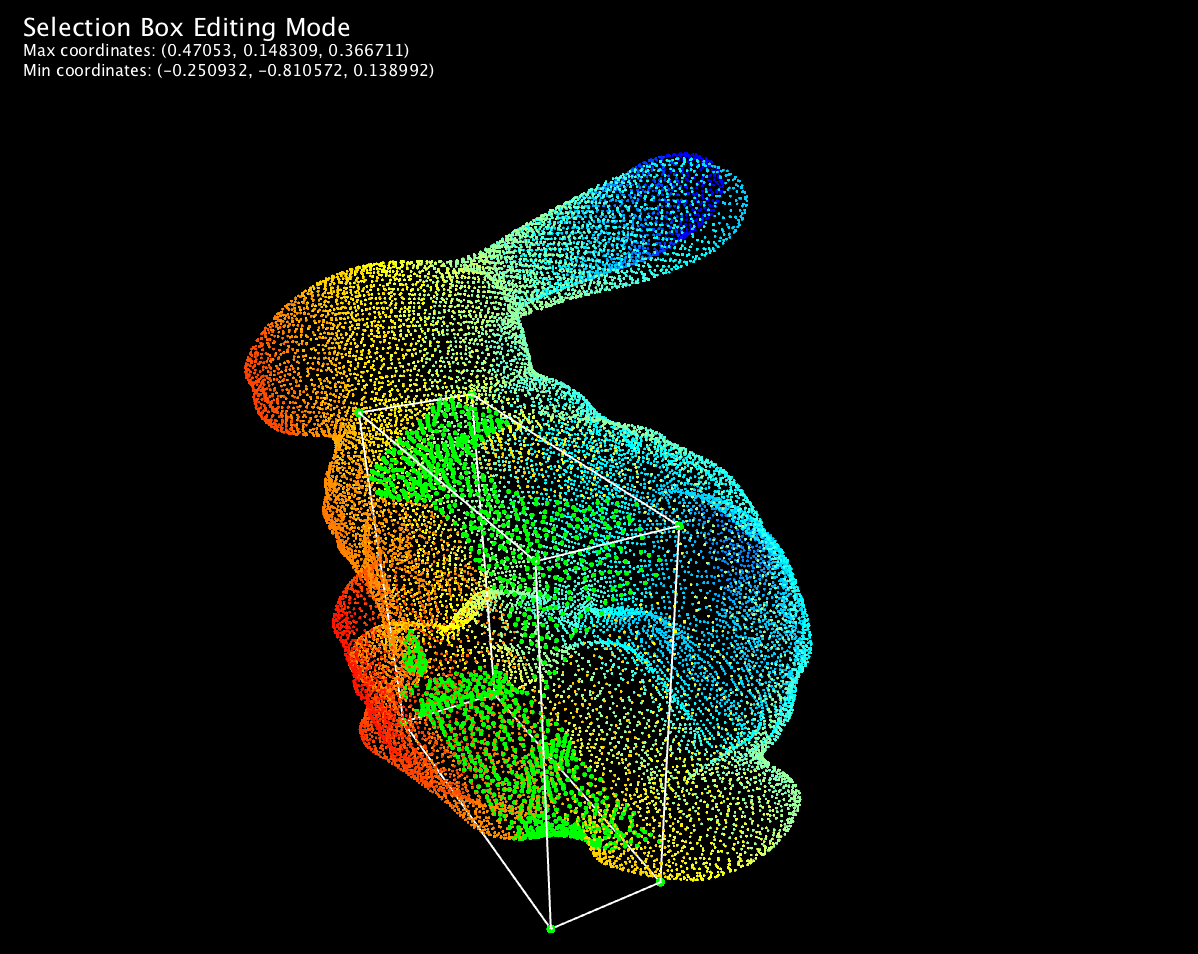

Two technologies were finally defined: G-PCC (Geometry-based PCC, ISO/IEC 23090 part 9) for category 1 and category 3 and V-PCC (Video-based PCC, ISO/IEC 23090 part 5) for category 2. Three categories of point clouds were identified: category 1 for static point clouds, category 2 for dynamic point clouds, and category 3 for LiDAR sequences (dynamically acquired point clouds). MPEG started its point cloud compression (PCC) standardization with a Call for Proposal (CfP) in 2017. Using point clouds, multi-sampling and data compression can be achieved. Point clouds can also be used to represent volumetric data, as is sometimes done in medical imaging. Drones are often used to collect a series of RGB images which can be later processed on a computer vision algorithm platform such as on AgiSoft Photoscan, Pix4D or DroneDeploy to create RGB point clouds from where distances and volumetric estimations can be made. They are also used to generate 3D models of urban environments. In geographic information systems, point clouds are one of the sources used to make digital elevation model of the terrain. Some approaches, like Delaunay triangulation, alpha shapes, and ball pivoting, build a network of triangles over the existing vertices of the point cloud, while other approaches convert the point cloud into a volumetric distance field and reconstruct the implicit surface so defined through a marching cubes algorithm.

There are many techniques for converting a point cloud to a 3D surface.

While point clouds can be directly rendered and inspected, point clouds are often converted to polygon mesh or triangle mesh models, NURBS surface models, or CAD models through a process commonly referred to as surface reconstruction. Generating or reconstructing 3D shapes from single or multi-view depth maps or silhouettes and visualizing them in dense point clouds


 0 kommentar(er)
0 kommentar(er)
